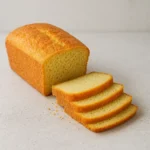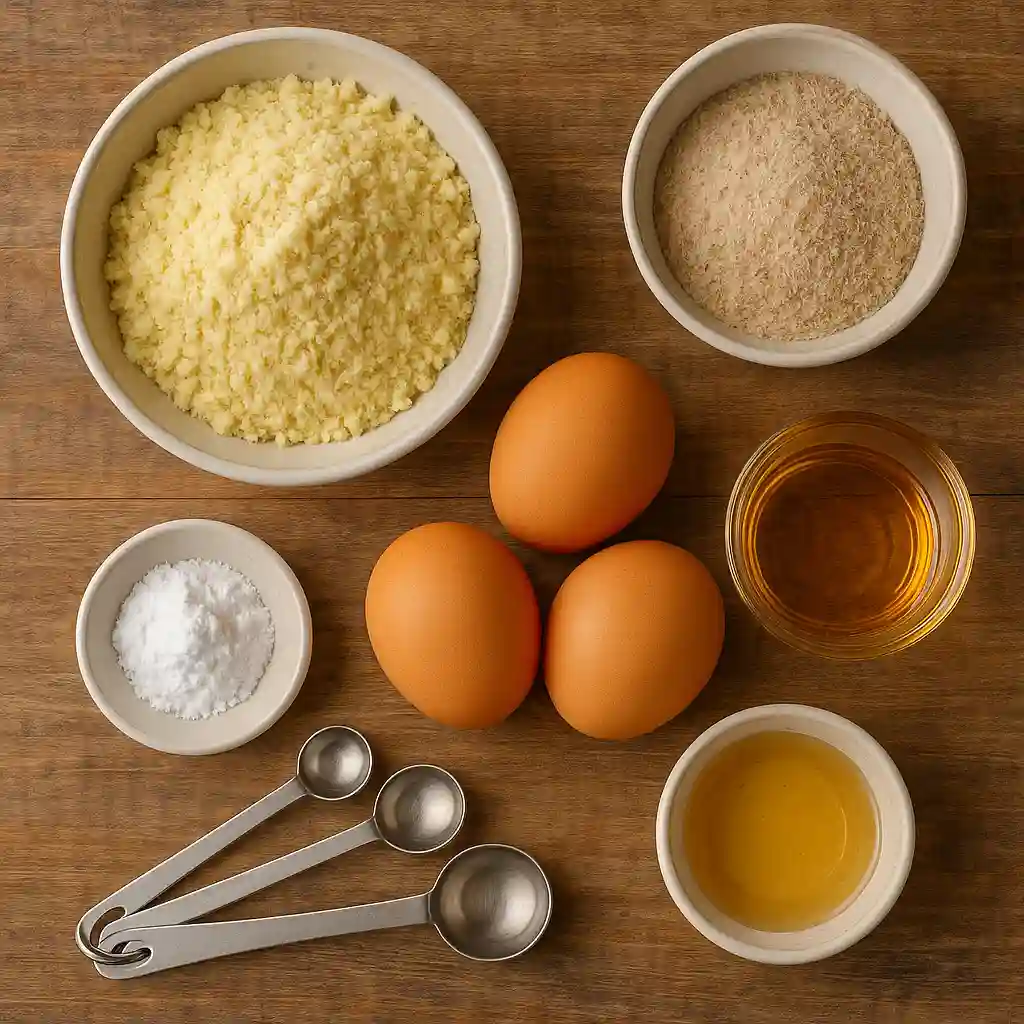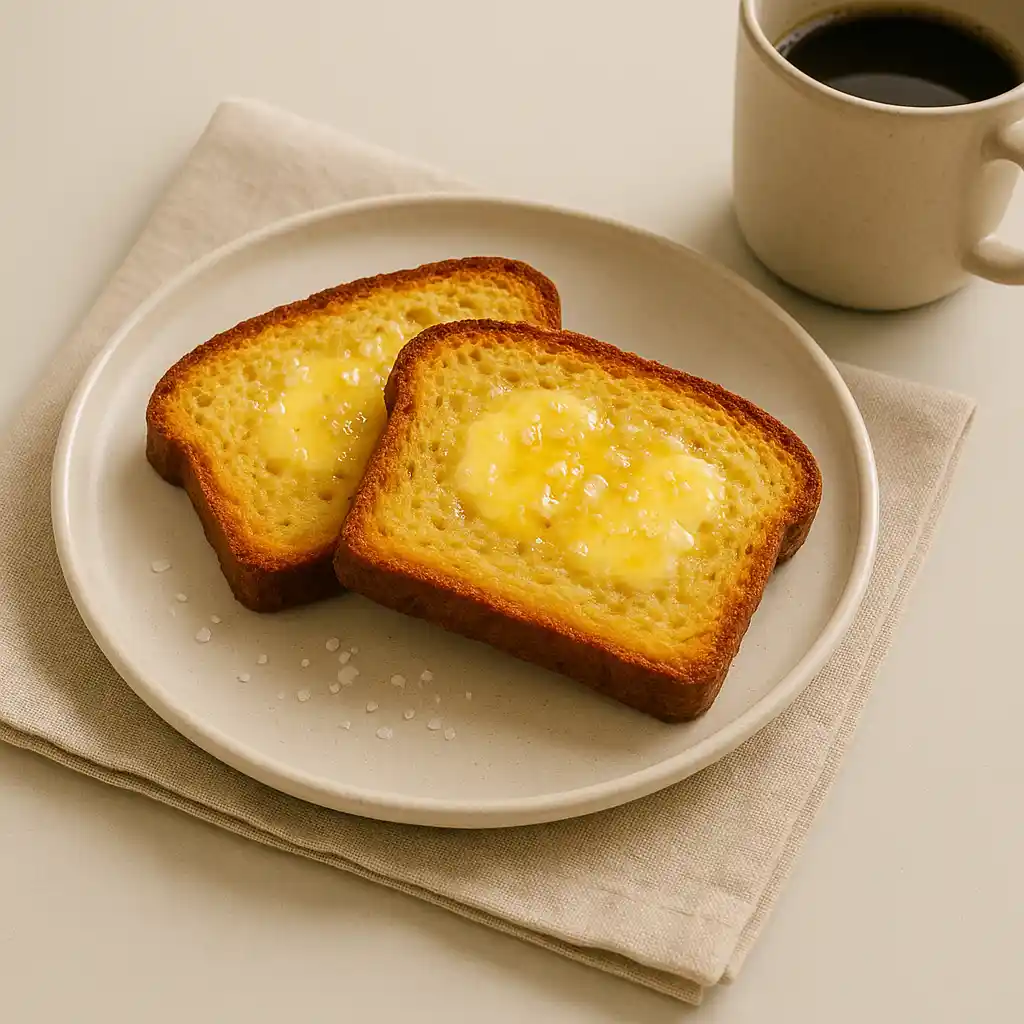My First Struggle with Bread on Keto
When I first started cutting carbs, bread was the hardest goodbye. I missed toast with breakfast and sandwiches for lunch. One morning, I attempted a “keto bread” I found online—it was rubbery, flat, and had a strange aftertaste. But I didn’t give up. I kept testing, tweaking, and tasting until I found versions that actually tasted like real bread.
These easy keto bread recipes for beginners were born out of real frustration in a real kitchen—my kitchen. They’re tested with love and adjusted with care, and yes, they’ve passed the family taste test (even with picky kids).
While some low-carb options taste like cardboard, these recipes come close to the real thing. Thanks to ingredients like almond flour and psyllium husk, you get satisfying texture without breaking your carb count. If you’ve also wondered “is there any bread with no carbs?”, let’s just say: this comes really close.
And if you’re already enjoying keto-friendly dinners like keto lasagna with egg wraps, imagine how great it’ll feel to serve it with a slice of fresh, homemade keto bread. Or try it with my keto hot dog chili recipe for a hearty lunch.
What Makes Bread Keto?
The Real Difference: Carbs Count
Regular bread is packed with refined flours and sugar—two big no-nos on keto. Keto bread ditches all that. Instead, it relies on low-carb ingredients like almond flour, coconut flour, and psyllium husk. This keeps the net carb count low and the fat and fiber high, which is exactly what your body needs to stay in ketosis.
One great thing about keto bread? It’s gluten-free by default and usually has a solid dose of protein too. It keeps you full longer, and won’t cause blood sugar spikes. That’s a win for anyone following keto, low-carb, or even diabetic-friendly meal plans.

Classic Almond Flour Keto Bread
Ingredients
- 2 cups almond flour
- 1/3 cup psyllium husk
- 1 tablespoon baking powder
- 4 large eggs
- 1/4 cup apple cider vinegar
- 1/4 cup warm water
Instructions
- Preheat your oven to 375°F (190°C). Grease a loaf pan or line it with parchment.
- In a large bowl, whisk together almond flour, psyllium husk, and baking powder.
- In a separate bowl, beat the eggs. Add vinegar and warm water.
- Combine wet and dry ingredients. Stir until the mixture thickens slightly.
- Pour into the loaf pan and smooth the top.
- Bake for 45–50 minutes. The top should be golden and firm to the touch.
- Cool completely before slicing—this helps it set and slice cleanly.
Notes
Ingredients That Keep It Keto
So, what makes keto bread truly keto? It’s all about substitutions. Almond flour replaces wheat flour. Psyllium husk adds volume and fiber. Eggs give structure and moisture. Even the fats—like butter or avocado oil—support your macros while adding rich taste.
These swaps aren’t just clever—they’re necessary. They transform what would normally be a carb-heavy food into something you can eat daily without guilt.
You’ll also find some amazing pairings with keto bread. For instance, it’s perfect with soup—try it with my leftover chicken noodle soup recipe or serve it alongside my lemon caper chicken piccata for a light, balanced dinner.
Keto Bread Ingredients That Actually Work
Choosing the Right Flours for Low-Carb Success
When it comes to keto bread, flour is everything. The wrong choice leads to a gummy loaf or one that crumbles apart. But the right one? Soft, sliceable, and satisfying.
Almond flour is a classic for a reason. It gives a tender texture and mild flavor, and it’s packed with healthy fats and fiber. Coconut flour is another go-to, but be warned—it soaks up moisture like a sponge. You’ll need fewer tablespoons but more eggs or liquid to balance it out.
Can’t have nuts? You’re not out of luck. Need a nut-free option? Sunflower seed flour steps in beautifully—it mimics almond flour’s texture without the allergy risk. I’ve used it when baking for friends with allergies, and no one could tell the difference.
You’ll find the same thoughtful swaps in recipes like my low-carb pasta, where traditional ingredients are replaced smartly without sacrificing flavor.
Don’t Skip These Key Keto Add-Ins
Beyond flour, a few key ingredients bring structure and soul to your keto bread.
Psyllium husk is one of my pantry must-haves. It adds a chewy bite and holds everything together—kind of like gluten does in regular bread. It also boosts the fiber content, which helps with digestion and keeps you full longer.
Eggs are another essential. They do triple duty: binding the ingredients, adding protein, and keeping your loaf moist. Depending on the recipe, you’ll use whole eggs or a mix of yolks and whites to adjust the texture.
And don’t forget the fat! Healthy oils like avocado or olive oil add richness. For a classic touch, I love using melted butter—it gives your bread a golden crust and buttery aroma that fills the kitchen.
If you’re already exploring better-for-you recipes like sugar-free energy drinks or my sourdough protein pancakes, these ingredients will feel right at home in your keto routine.
Easy Keto Bread Recipes You’ll Make on Repeat
Classic Almond Flour Keto Bread (Soft & Toastable)
If you’re just starting out, this is the bread that made me believe keto baking could be just as comforting as the real thing. It’s soft, holds together beautifully, and toasts like a dream.
Ingredients:
- 2 cups almond flour
- 1/3 cup psyllium husk
- 1 tablespoon baking powder
- 4 large eggs
- 1/4 cup apple cider vinegar
- 1/4 cup warm water
Instructions:
- Preheat your oven to 375°F (190°C). Grease a loaf pan or line it with parchment.
- In a large bowl, whisk together almond flour, psyllium husk, and baking powder.
- In a separate bowl, beat the eggs. Add vinegar and warm water.
- Combine wet and dry ingredients. Stir until the mixture thickens slightly.
- Pour into the loaf pan and smooth the top.
- Bake for 45–50 minutes. The top should be golden and firm to the touch.
- Cool completely before slicing—this helps it set and slice cleanly.

This bread works wonderfully with savory toppings. Try it with a spoonful of lemon balm herbal spread or serve it alongside grilled chicken Caesar salad for a balanced lunch.
Nut-Free Sunflower Seed Keto Bread
If you’re baking for a nut-free household, this recipe has you covered. It’s hearty, satisfying, and just as simple as the classic loaf.
Ingredients:
- 1 cup sunflower seed flour
- 1/4 cup coconut flour
- 2 tablespoons psyllium husk
- 4 eggs
- 1 tablespoon baking powder
- 1/4 cup olive oil
- 1/2 cup warm water
Instructions:
- Preheat oven to 350°F (175°C). Lightly oil a loaf pan.
- Mix sunflower seed flour, coconut flour, psyllium husk, and baking powder in a bowl.
- In another bowl, whisk the eggs and add olive oil and warm water.
- Combine wet and dry ingredients until smooth.
- Pour batter into the pan and level the top.
- Bake for 40–45 minutes until the top is golden and a toothpick comes out clean.
- Let it cool before slicing.

Pair this loaf with comforting soups like classic chicken noodle or go bold with something zesty like spicy grilled chicken Caesar salad.
Nutritional Breakdown of Classic Keto Bread
One of the biggest benefits of keto bread—besides being low in carbs—is that it offers solid nutritional value. Whether you’re focused on fiber, protein, or fat intake, it fits easily into your daily goals.
Here’s a detailed nutritional profile for one slice of classic almond flour keto bread (based on an 8-slice loaf, standard serving):
| Nutrient | Per Slice | Daily % Value* |
|---|---|---|
| Calories | 155 kcal | 8% |
| Total Fat | 13g | 17% |
| Saturated Fat | 2.5g | 13% |
| Protein | 6g | 12% |
| Total Carbohydrates | 5g | 2% |
| Dietary Fiber | 3.5g | 14% |
| Net Carbs | 1.5g | – |
| Cholesterol | 45mg | 15% |
| Sodium | 180mg | 8% |
| Calcium | 60mg | 5% |
| Iron | 0.8mg | 4% |
*Percent Daily Values are based on a 2,000 calorie diet. Your daily values may be higher or lower depending on your calorie needs.
This table gives readers exactly what they need to track their macros—and keeps your article informative, detailed, and highly relevant for keto beginners.
Tips, FAQs & Final Thoughts on Keto Bread for Beginners
Tips for Perfect Keto Bread Every Time
Let’s be honest—keto baking isn’t always predictable. The ingredients behave differently than regular flour, and even small tweaks can change the outcome. After many trial-and-error moments in my own kitchen, I’ve gathered a few simple tips to help you avoid common issues.
Start with fresh ingredients. Flours like almond or coconut can spoil quickly if not stored properly. Keep them sealed and cool, and always check the date before baking.
Measure with precision. Unlike traditional baking, keto bread is more sensitive to small changes in moisture or ratios. Use a scale or proper measuring cups for best results.
Line your pan. Keto breads tend to stick more than traditional loaves. Parchment paper is your friend—especially with recipes like the high-protein biscuits I shared last month.
Let the bread cool fully. This is probably the hardest part, but also the most important. Cooling helps the structure set and prevents a gummy texture.
And if you’re experimenting, try adding herbs like rosemary or a sprinkle of sea salt on top—just like I do when baking alongside my pink Himalayan salt recipes.
You can also find us on Facebook & Pinterest!
FAQ: Common Keto Bread Questions
Is there any bread with no carbs?
Not entirely. Even the best low-carb recipes contain small amounts of carbs. But with almond or coconut flour, you can get the net carbs low enough to fit perfectly into a ketogenic diet.
Can I make keto bread in a bread machine?
Yes, but check your machine’s settings. Look for a “gluten-free” or “quick bread” option. Always scrape down the sides during the mix cycle—these batters don’t always self-correct like traditional doughs.
How do I make keto bread less eggy?
Try using fewer yolks and more whites. You can also beat the eggs separately before mixing to lighten the texture. Adding spices or herbs can help mellow any strong egg flavor too.
What’s the best flour for beginners?
Start with almond flour. It’s easy to work with, forgiving in most recipes, and gives a familiar bread-like feel. Once you’re comfortable, experiment with coconut flour or sunflower seed flour for variety.
Final Thoughts: You Don’t Have to Miss Bread on Keto
Starting a keto lifestyle often means saying goodbye to foods we love—but bread doesn’t have to be one of them. With a few pantry staples and simple steps, you can enjoy soft, satisfying loaves anytime you want.
The recipes in this guide are easy enough for beginners, but flexible enough to become your go-to staples. Whether you’re using almond flour for a soft sandwich bread or sunflower seed flour to keep things allergy-friendly, keto baking can be both rewarding and delicious.
Pair your homemade bread with hearty dishes like creamy garlic chicken pasta or start your morning with something light like purple cabbage juice. Your plate can be full of flavor without breaking your goals.
Just like any good recipe, keto bread is about balance, patience, and making it your own. So preheat that oven, trust the process, and enjoy every bite—guilt-free.







9 thoughts on “Easy Keto Bread Recipes for Beginners That Actually Work”